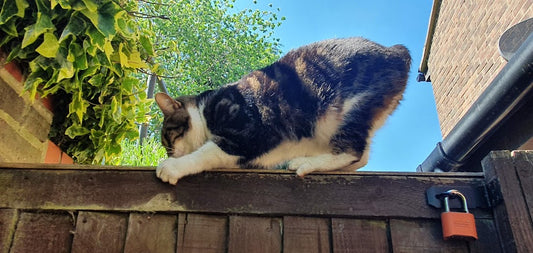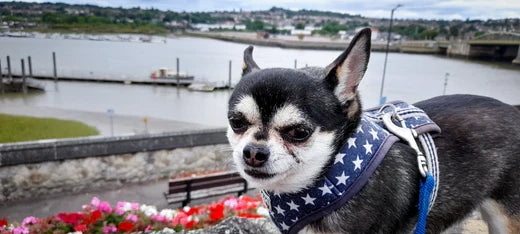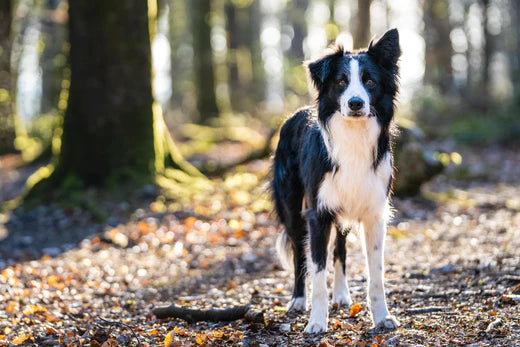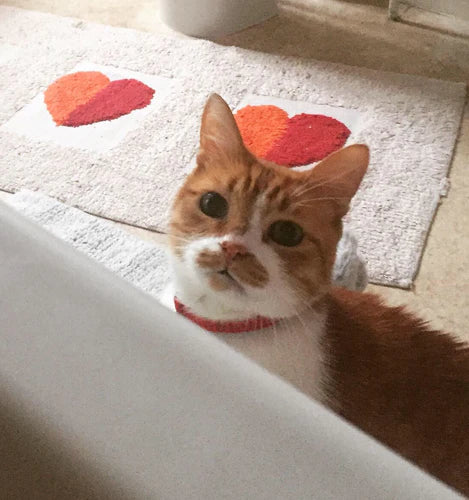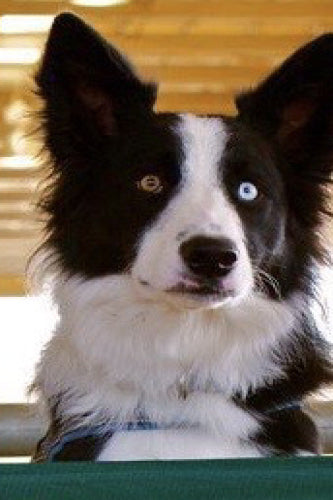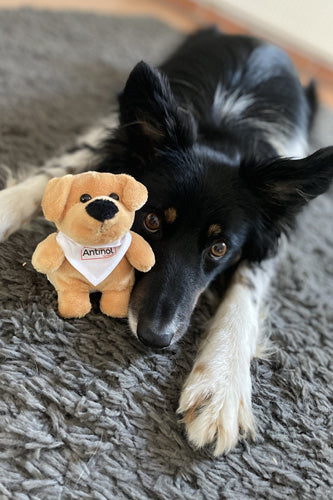There’s nothing more wonderful than seeing your dog at the top of their game.
At the start of their journey, embarking on their canine sport adventure with you at their side.
Rising fast up the ranks of canine athletes as they grow in strength, skill and confidence.
Or at peak performance when they’re bringing home the trophies.
Let’s face it, it’s hard to beat the feeling you get as you watch them live their best life.
Whatever canine sport you and your dog enjoy, we know your number one priority is keeping them safe. And a strong, safe performance relies on your dog having healthy joints.
Healthy joints are vital when it comes to performance. For them, and well, for us humans too.
So what can you do (as their partner, coach, and biggest fan) to keep their joints healthy?
Types of canine sport

Keeping your dog active and stimulated is fabulous for their mind and their body. It’s also a wonderful way to keep enriching your precious bond.
You may already be involved in canine sports, but if you’re not, there are so many different activities you can try. [*and if you are, there are also lots of new and exciting activities to keep add variety and extra stimulation].
- Agility
- Flyball
- Dock Diving
- Heelwork
- Canincross
- Rally Obedience
- Herding
- Lure coursing
- Nosework
- Disc dog
- Wall climb
Benefits of canine sports
Keeping your dog's mind and body active makes for a happier, healthier, and ultimately more well-behaved dog.
Sharing the joy of canine sports not only improves communication between you, it actively strengthens the bond you share.
Your dog will be fitter and less likely to suffer from various health conditions, especially if you maintain them at a healthy weight.
You both get to experience the release of physical and mental energy together, and even get to do it whilst socialising with other like-minded pet parents and their canine companions.
Impact of canine sports on joints
Whilst wonderful for overall health (mind and body) most canine sports do increase the stress on a dog's joints.
Twists, turns, fast braking, rapid directional changes, and jumping all take their toll over time.
Owners often report their dog seems tired after a day of competition, and as they age, find it harder to keep up the same level of speed and agility.
And the repeated stress from the extra activity involved in training as a canine athlete means over time you might notice your dog slowing down or being reluctant to push themselves.
4 ways to support your canine athlete's healthy joints
Supporting your dog's joint health helps maintain their quality of life and enjoyment as they age.
Maintaining healthy joints means your dog can stay active – resulting in a happier, healthier dog.
So what can you do to support your dog's mobility?
Visit a physiotherapist
Canine rehabilitation therapists and physiotherapists use a range of techniques, such as massage, stretches, and conditioning exercises to keep your dog’s musculoskeletal system in tip-top form. They may utilise tools, such as laser therapy or therapeutic ultrasound, to maintain normal movement, support a healthy musculoskeletal system and support their long-term wellness with conditioning.
Take a dip - Canine hydrotherapy
Hydrotherapy can be undertaken in a pool or on a specialist water treadmill. The support from the water means your dog can exercise with minimal impact or load on joints. Dogs can move their limbs more freely, build condition and improve their proprioception skills.
Joint supplements
Support your dog's joint health from the inside. Adding a high-quality, well-researched joint supplement to your dog’s daily routine may help to support to normal joint health and mobility. You can worry about the outside of your dog, while it gets to work on the inside.
The importance of warm up and cool down
An effective warm-up increases your dog's body temperature, gets blood flowing, and warms their muscles, tendons, and ligaments. This means they can stretch more, increase their range of motion, and take the impacts associated with canine sports, which may help them stay safe during training or competition. The cool-down is equally as important. It helps muscles relax, removing lactic acid buildup and preventing muscles from tightening up. A cool-down also signals to your dog that it's time to calm down and relax—they've done an awesome job. Now they're entitled to a rest.
Want to learn more about training a canine athlete from pup to champion? We met up with agility pros Naarah and Martin to talk all things canine sport. Read their story here.



